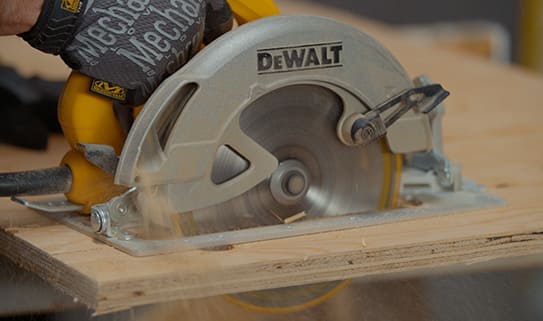We’re STILL shipping! Click here for Canada Post labour dispute updates.
Triangle® Mastercard® $150 Bonus CT Money®††. New Cardmembers only. Conditions Apply. Ends May 31.
Learn MoreThis paragraph should be hidden..
How to choose saw blades
A circular saw is your go-to tool for cutting wood, and can be very versatile if you’re using the right blade. Here’s a quick guide to choosing the blade you need.


- SIZE
- TOOTH COUNT
- MATERIAL
- FEATURES
- REPLACEMENTS
Cordless saw blades
If you’ve got a cordless saw, you’re going to require a 6.5” blade.
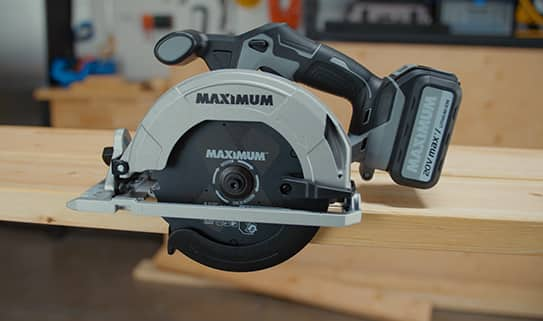
Corded saw blades
For corded saws, make sure you pick up blades that are 7.5”.
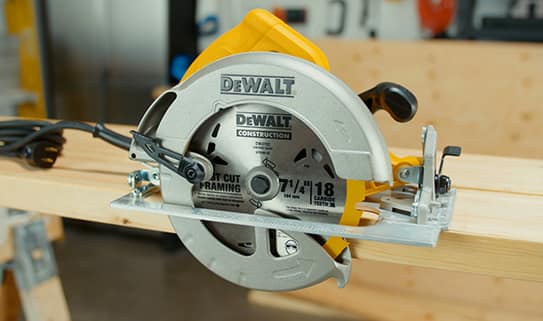
Table or mitre saw blades
If you’re working on a table or mitre saw, you’ll need to choose a blade about 10 to 12” in size.
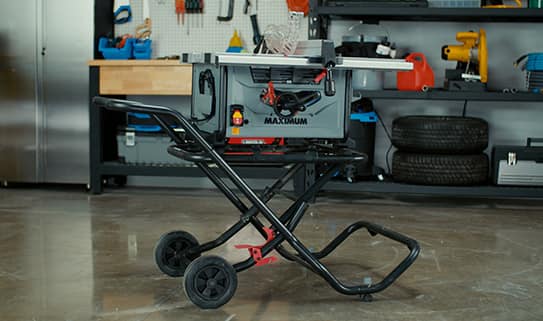
Lower tooth count
Lower tooth counts cut faster, but provide rougher cuts. This is ideal if you’re doing a big job, but don’t require clean cuts, such as ripping lengths of wood and framing.
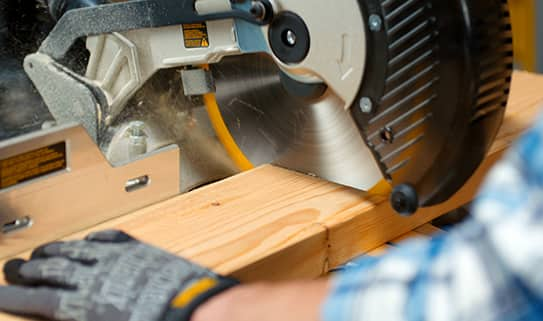
Higher tooth count
A blade with a higher tooth counts works more slowly, but gives more precise, cleaner cuts. If you are cross- cutting across wood grain or need a clean finish, you’ll want a higher tooth count.

Combination blades
A combination blade can be used for ripping and cross cutting wood and can be ideal for a table saw when several different cuts are to be made.

Material
You also need to consider what kind of material you need to cut. While wood blades are the most common, there are special blades specifically for cutting metal or laminate.
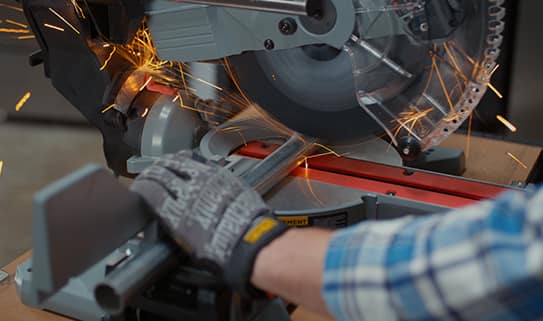
Ultrathin kerf
An ultrathin kerf, which is the thickness of the blade, cuts the fastest, which results in less material removal, meaning you waste less wood. Ultra-thin kerf blades are recommended for cordless saws as they draw less energy and prolong battery life.
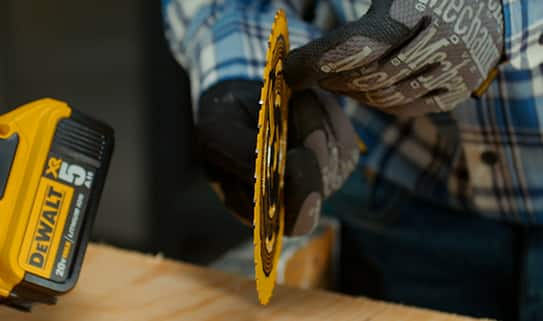
Anti-friction coating
An anti-friction coating on the blades prevents the blade from heating up as much, giving it a longer lifespan and allowing you to run it longer. You can also clean off any buildup on the blade from wet or pressure treated wood.

Anti-vibration slots
Polymer filled Anti-vibration slots are channels that are laser cut into the blade and then polymer filled, which dulls the blade whine, so the tool runs more quietly.
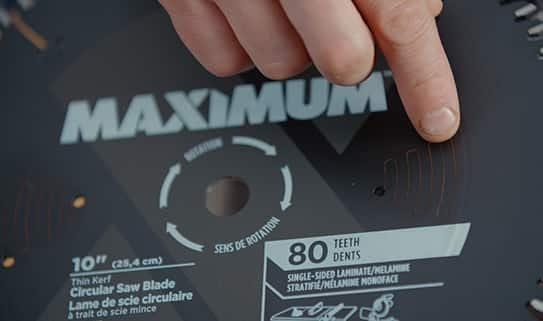
Time for a new blade?
There are a couple of signs that your blade has worn out and it’s time to replace it. If you find yourself having to manually force the cut or if the wood begins to burn while you’re cutting, you’ve got a dull blade.
